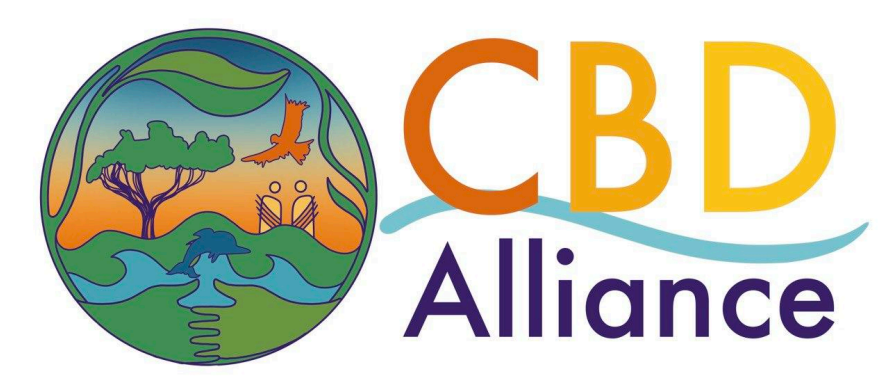Joanna Smallwood, University of Sussex & Jeremie Gilbert, Client Earth
COP16 of the CBD’s 196 Parties comes at a crucial time to assess and turn the Kunming-Montreal Global Biodiversity Framework (KMGBF) into a reality, yet the
negotiations have been dominated by a focus on the false solutions of market-based mechanisms such as biodiversity credits. Following the failure of the carbon credit system, is it not clear that such a system will not work for complex biological system?
The risks of biodiversity credits
Risks of biodiversity credits include: the failure to
recognise intrinsic or relational values of nature, lack of self-determination from indigenous peoples and local communities, difficulties predicting what benefits from financing through credits will be “additional” to what would have happened anyway and lack of baselines to measure from, the high risk that credit trade simply displaces deforestation pressure to other areas, and double counting. A biodiversity credit system does not facilitate change but supports business as usual.
An alternative option under the KMGBF is the possibility for developing more effective, transformative non-market based mechanisms. COP16 could mark itself as a pivotal moment to turn away from tried and failed market-based approaches to embrace the principles of respecting ‘nature’s’ intrinsic value’. Non-market
based approaches such as Mother earth centric actions are embedded in the GBF (Section C, Targets 14, and 19f Non-market mechanisms have been championed by Bolivia and supported by other Parties at COP 16 and are subject to further negotiation.
Financial Mobilisation
Action Target 19 focuses on the ambitious call for
financial mobilisation of $200 Billion per fear for biodiversity but also references the value of ecocentric collective actions. Target 19f states that “Enhancing the role of collective actions, including by indigenous peoples and local communities, Mother Earth centric actions and non-market- based approaches including community based natural resource management and civil society cooperation and solidarity aimed at the conservation of biodiversity.”
Mother Earth-centric actions
Mother Earth-centric actions are defined in a footnote as: Ecocentric and rights-based approach enabling the implementation of actions towards harmonic and complementary relationships between peoples and nature, promoting the continuity of all living beings and their communities and ensuring the non-commodification of environmental functions of Mother Earth. Action target 19f recognises not only the intrinsic value of nature but also the indispensable role of IPLC and other groups who act for biodiversity, and Parties can implement co-beneficial actions for biodiversity and improve IPLC rights
Mainstreaming multiple values of nature
Target 14 calls for the full integration of biodiversity and its multiple values, into decision-making at all levels and across all sectors, thus promoting a voice for nature in all decision making that impacts biodiversity. Elevating the voice of those with less power in decision making such as IPLC, women, youth and others who represent nature, to enable their full and effective participation, could mainstream intrinsic and relational values of nature into decision making.
Parties can make use of these targets that provide a clear hook for countries to encourage implementation of ecocentiric approaches. As well as the rapidly growing Rights of Nature movement across the world, where nature’s rights are embedded in laws from constitutional to local levels, there is also the opportunity for Parties to report on the implementation of non-market approaches in their NBSAPs. New Zealand notes in its biodiversity strategy that “Species and ecosystems are valuable in their own right and have their own right to exist and be healthy and thriving now and in the future, regardless of human use and appreciation.” Non-market based approaches puts nature at the heart of decision making on finance, challenges destructive practices for biodiversity and offers a way to enable a harmonic and complementary relationship between humans and nature.
